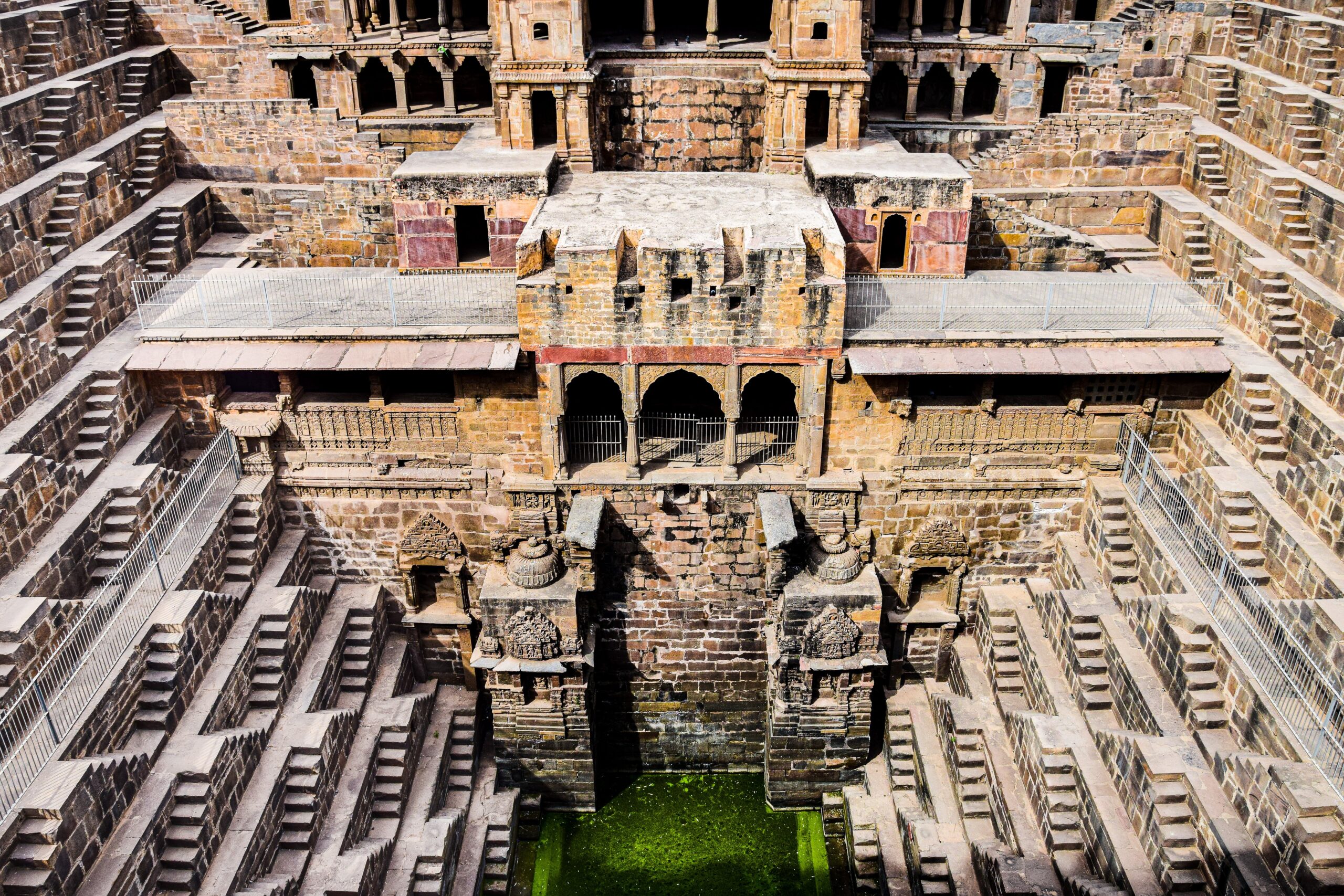-

Water Flow Management Methods or Devices Part 2
Water Flow Management Methods or Devices Part 2 Planting vegetation on embankments and riverbanks helped to stabilise soil and prevent erosion. Planting vegetation retains extra water. Trees, shrubs, reeds, and grass can absorb large amounts of water. Their roots can help to stabilise riverbanks and embankments. The roots of these plants bind the soil together.…
-

Water flow management methods or devices
Many low-lying countries and regions are going through inundations almost every year because of rising sea levels and climate change. Some regions face the inundation more than once in a year. Some of the water management devices and methods can be applied in these regions. The water management control devices and methods can be selected…
-
Canals
Water Management Canals Planet Earth is a small part of unpredictable cosmos. The stars and planets in the universe apply its force and energy on the earth as it goes around the sun. Energy and forces in the space and earth, along with the destruction of vegetation on the earth whether it is through the…
-
Reservoirs
Water Management Reservoirs Acceleration of climate change due to the excessive use of fossil fuels, destruction of geological features for mining for minerals and metals, for building purposes, and accelerating destruction of natural forests changed the climate of the world. The planets, stars and asteroids in the vast expanding Cosmos adding more complexity to the…
-

Volcanoes and Engineered geothermal power plants
Volcanoes Volcanoes on the earth are created by a rupture in the crust of the earth. This rupture allows hot Lava, volcanic ash and gas used to escape from magma Chambers of the volcano. Volcanoes are found where tectonic plates are converging or diverging or where the plates of the Earth crust is thin. Benefits…
-

Geothermal power
Geothermal power Geothermal power or geothermal energy is a form of renewable, sustainable, and green energy. Where heat stored below the surface of the Earth harnessed and converted into heat and electricity. Radioactive decay of the elements in Earth’s mantle and outer core produces heat in the interior of the Earth. The Earth’s interior is…
-

HYDROELECTRICITY
History The power of water has been used in ancient civilizations since the 4th century BC in the form of waterwheels and watermills. The way to reduce our dependence on fossil fuels is to increase renewable energy production opportunities since we cannot survive without energy. Free energy is a necessary commodity if we must face…
-

Renewable Energy or Clean energy
Renewable Energy Renewable energy, also known as clean energy, refers to energy sources that are considered environmentally friendly, renewable, and sustainable. Unlike traditional energy sources such as coal, oil, and natural gas, renewable energy sources are replenished naturally and do not produce harmful emissions or contribute to climate change. Renewable energy refers to energy that…